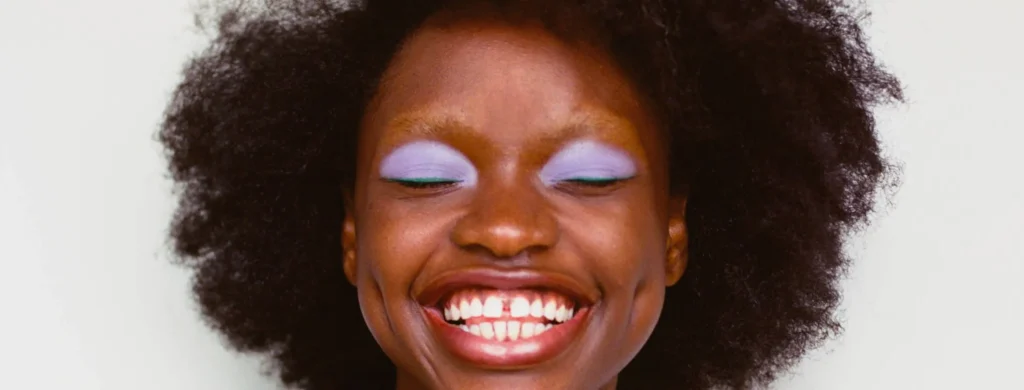Type 1 Hair is naturally thin and wispy and relatively low maintenance. Made up of super fine strands, your hair lacks any sort of real curl, but looks beautiful loose and free. On a good day, it is shiny, smooth and sleek, but can quickly become oily thanks to its texture.
Let’s talk through the subtypes of Type Hair because each has their own characteristics.
Type 1A Hair:
The finest and straightest of Type 1 hair.
xThese strands are smooth to the touch and has a flow that is naturally, completely straight.
What Type 1A hair lacks in body and volume, it more than makes up for in delicacy and a whimsical beauty that is admired (read: envied).
Type 1B Hair:
Type 1B hair is slightly thicker than Type 1A hair and can have a subtle wave through it.
Don’t get ahead of yourself, it is predominantly straight, but has more texture and body than its predecessor.
This hair type strikes a balance between subtle movement and sleekness baby.
Type 1C Hair:
This hair type arcs into a slight bend from the root.
The wave pattern of Type 1C hair is more relaxed showcases a soft tousle in shape when left to dry naturally.
Type 1 Hair is a ‘straight’ hair type, but Type 1C hair offers a hint of natural movement and texture, and so holds a curl better than Type 1A and Type 1B.
Now while our Type 1 team members have a natural glossiness to their hair, we also know Type 1 locks can be prone to getting greasy faster than other hair types. Oil tends to travel faster down the hair shaft and that’s because the distribution of sebum (natural scalp oils) can easily slip down the slide if you will. Dry shampoo anyone?
You also want to be mindful of breakage and damage – especially when you go hell for leather using heat tools in an effort to get it to hold a style or when colouring your hair with potentially harsh chemical treatments. This is particularly relevant if you have Type 1A hair. Because of the diameter of each strand, it can break easily and look thinner if not cut correctly.
Type 1 Hair is known for its sleekness and shininess for sure, but sometimes, despite its sleek appearance, it can appear dull or lifeless, lacking that magic ‘lustre’. Shine-enhancing products are your friend here, as are clarifying shampoos.
And lastly, there’s a few nuances when it comes to frizz and flyaways. Type 1B owners are susceptible to flyaways and static electricity – especially during dry weather. Nothing some light, conditioning hair oil or a humidifier can’t combat. On the other hand, because of its coarser texture, Type 1C hair tends to be more perceptible to frizz or ‘poofiness’ from mid-lengths to ends. Those with Type 1C hair also tend to deal with knots or tangles through those mid-lengths and can end up with drier ends if not protected well.
There you have it. Type 1 Hair is so manageable! Why? It’s virtues far outweigh its imperfections. And remember, people rarely fit perfectly into one sub-type of hair, especially when it comes to Type 1 hair – it’s normal to be a subtle mixture of a few of these types, and you can truly overcome any flaws with the right techniques and products.




